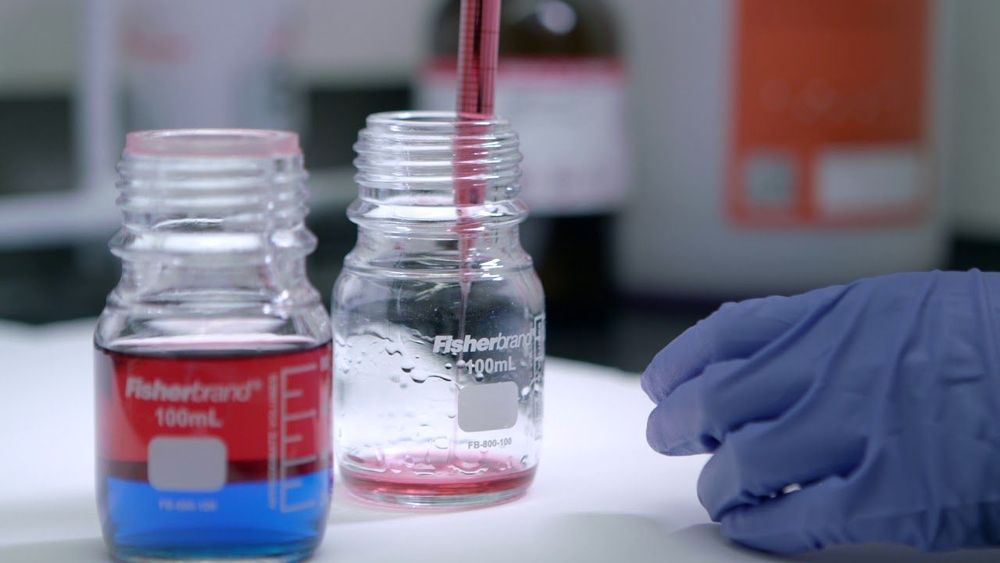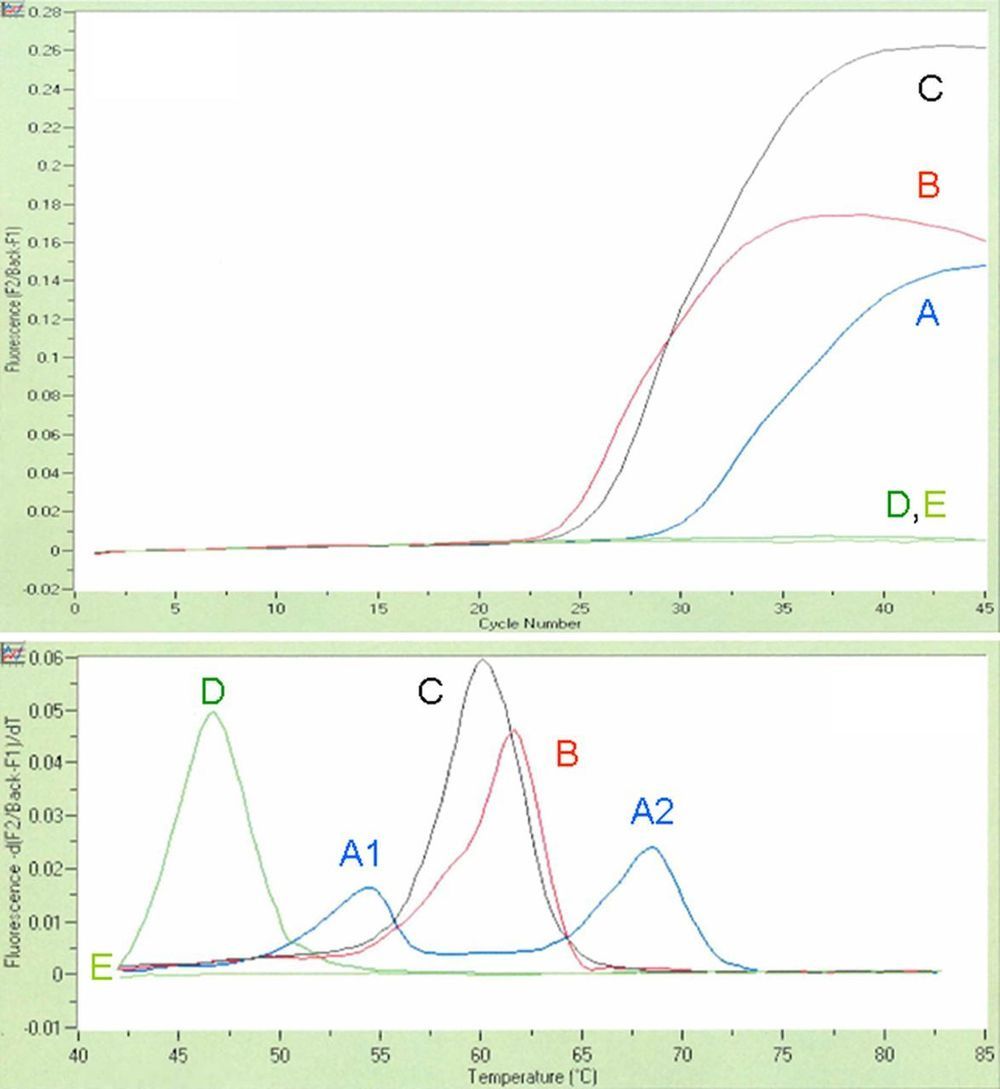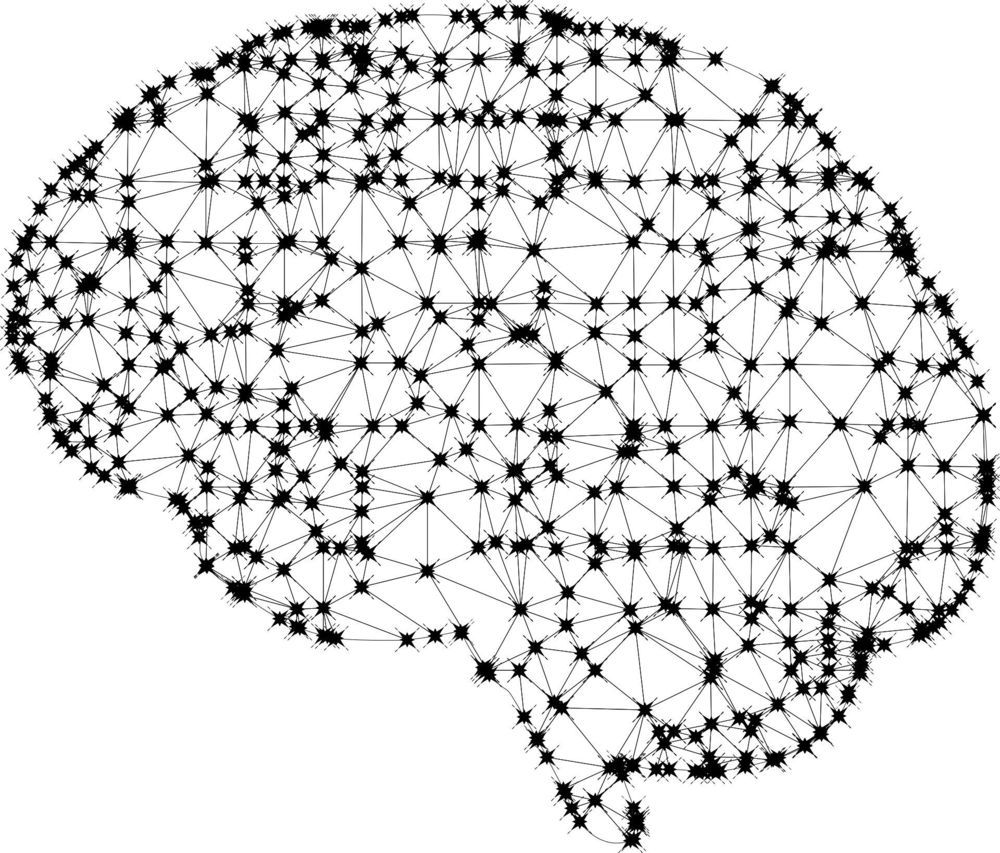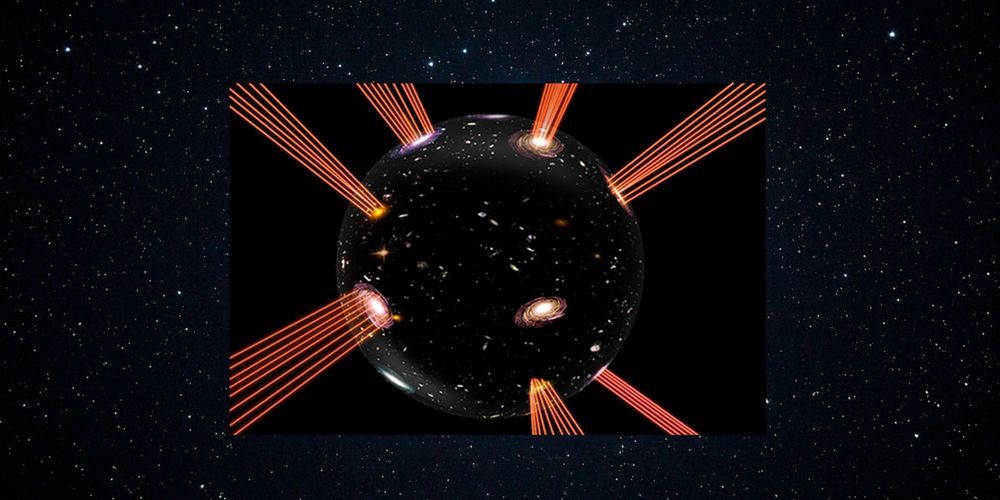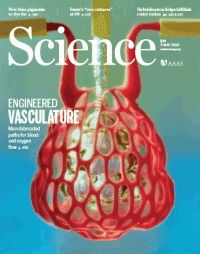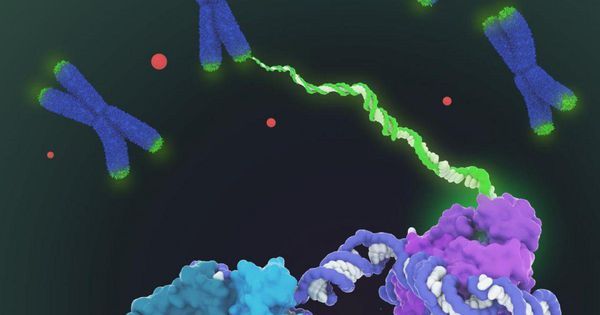Page 8864
May 8, 2019
Characterization of a Novel Melt Curve
Posted by Quinn Sena in category: biotech/medical
We characterize a novel probe binding-site polymorphism detectable solely by melt curve analysis using the Roche LightCycler HSV 1/2 analyte-specific reagent real-time PCR assay. The frequencies of this novel (47°C) and previously described intermediate (60 to 62°C) melt curves were 0.016% and 4.9%, respectively.
The clinical spectrum of herpes simplex virus (HSV-1, HSV-2) infection ranges from subclinical mucosal shedding to vesicular or ulcerative lesions of skin and mucous membranes, hepatitis, keratitis, pneumonitis, sepsis, and meningoencephalitis. For laboratory diagnosis, laborious cell culture techniques have been largely supplanted with real-time PCR (qPCR) due to marked improvements in test sensitivity and turnaround time. Various laboratory-developed and commercially available qPCR products (analyte-specific reagents [ASR]; FDA approved) exist. In the United States, the LightCycler HSV 1/2 ASR real-time PCR assay (HSV qPCR; Roche Diagnostics, Indianapolis, IN) is commonplace, being used by about 30% of clinical laboratories according to a recent College of American Pathologists (CAP) participant summary.
Circa 2011 Talks about he lightcycler.
Carl T. Wittwer, M.D., Ph.D.
Seminal technology continues to be a work in progress.
May 8, 2019
Researchers make transformational AI seem ‘unremarkable’
Posted by Quinn Sena in categories: biotech/medical, robotics/AI
Physicians making life-and-death decisions about organ transplants, cancer treatments or heart surgeries typically don’t give much thought to how artificial intelligence might help them. And that’s how researchers at Carnegie Mellon University say clinical AI tools should be designed—so doctors don’t need to think about them.
A surgeon might never feel the need to ask an AI for advice, much less allow it to make a clinical decision for them, said John Zimmerman, the Tang Family Professor of Artificial Intelligence and Human-Computer Interaction in CMU’s Human-Computer Interaction Institute (HCII). But an AI might guide decisions if it were embedded in the decision-making routines already used by the clinical team, providing AI-generated predictions and evaluations as part of the overall mix of information.
Zimmerman and his colleagues call this approach “Unremarkable AI.”
Continue reading “Researchers make transformational AI seem ‘unremarkable’” »
May 8, 2019
Radical theory says our universe sits on an inflating bubble in an extra dimension
Posted by Quinn Sena in category: quantum physics
May 8, 2019
Quercetin conjugated with superparamagnetic iron oxide nanoparticles improves learning and memory better than free quercetin via interacting with proteins involved in LTP
Posted by Quinn Sena in categories: biotech/medical, nanotechnology, neuroscience
Biomedical application of quercetin (QT) as an effective flavonoid has limitations due to its low bioavailability. Superparamagnetic iron oxide nanoparticle (SPION) is a novel drug delivery system that enhances the bioavailability of quercetin. The effect of short time usage of quercetin on learning and memory function and its signaling pathways in the healthy rat is not well understood. The aim of this study was to investigate the effect of free quercetin and in conjugation with SPION on learning and memory in healthy rats and to find quercetin target proteins involved in learning and memory using Morris water maze (MWM) and computational methods respectively. Results of MWM show an improvement in learning and memory of rats treated with either quercetin or QT-SPION. Better learning and memory functions using QT-SPION reveal increased bioavailability of quercetin. Comparative molecular docking studies show the better binding affinity of quercetin to RSK2, MSK1, CytC, Cdc42, Apaf1, FADD, CRK proteins. Quercetin in comparison to specific inhibitors of each protein also demonstrates a better QT binding affinity. This suggests that quercetin binds to proteins leading to prevent neural cell apoptosis and improves learning and memory. Therefore, SPIONs could increase the bioavailability of quercetin and by this way improve learning and memory.
May 8, 2019
Face it: a farmed animal is someone, not something
Posted by Quinn Sena in category: futurism
Farmed animals have personalities, smarts, even a sense of agency. Why then do we saddle them with lives of utter despair?
May 8, 2019
New recyclable plastic can break its molecular bonds and start over
Posted by Quinn Sena in category: materials
Plastics are useful and ubiquitous – but that’s not always a good combination. The vast majority of plastic waste can’t be recycled, meaning it ends up in landfills at best or the ocean at worst. To help curb the problem, researchers at Berkeley Lab have now designed a new type of plastic that can apparently be reduced right back to its molecular parts, before being remade over and over.
May 8, 2019
Immortality Gene Discovered
Posted by Quinn Sena in categories: biotech/medical, genetics, life extension
Circa 1998
CELL BIOLOGY
F or cells, aging and cancer are often opposite sides of a genetic coin: With “heads,” cells will eventually stop dividing, reaching a permanently quiescent stage called senescence, as do normal human cells in lab cultures. With “tails,” the cells with genetic defects can become immortal and never stop dividing—a common characteristic of cultured cancer cells. Now, a group at Baylor College of Medicine in Houston has found a gene that may help determine which side the coin lands on.
![Figure][1]/img.
May 8, 2019
Researchers Have Discovered What The ‘Immortality’ Enzyme Looks Like
Posted by Quinn Sena in categories: biotech/medical, life extension
We now have the most detailed images ever of the enzyme telomerase. What does this mean for ageing and cancer?
